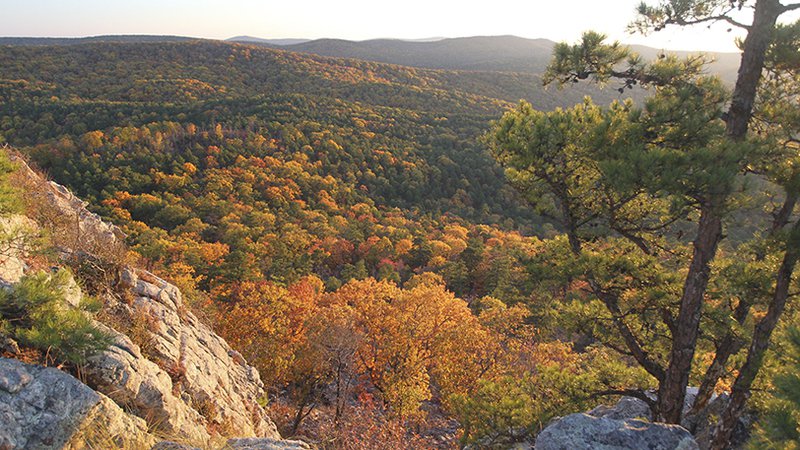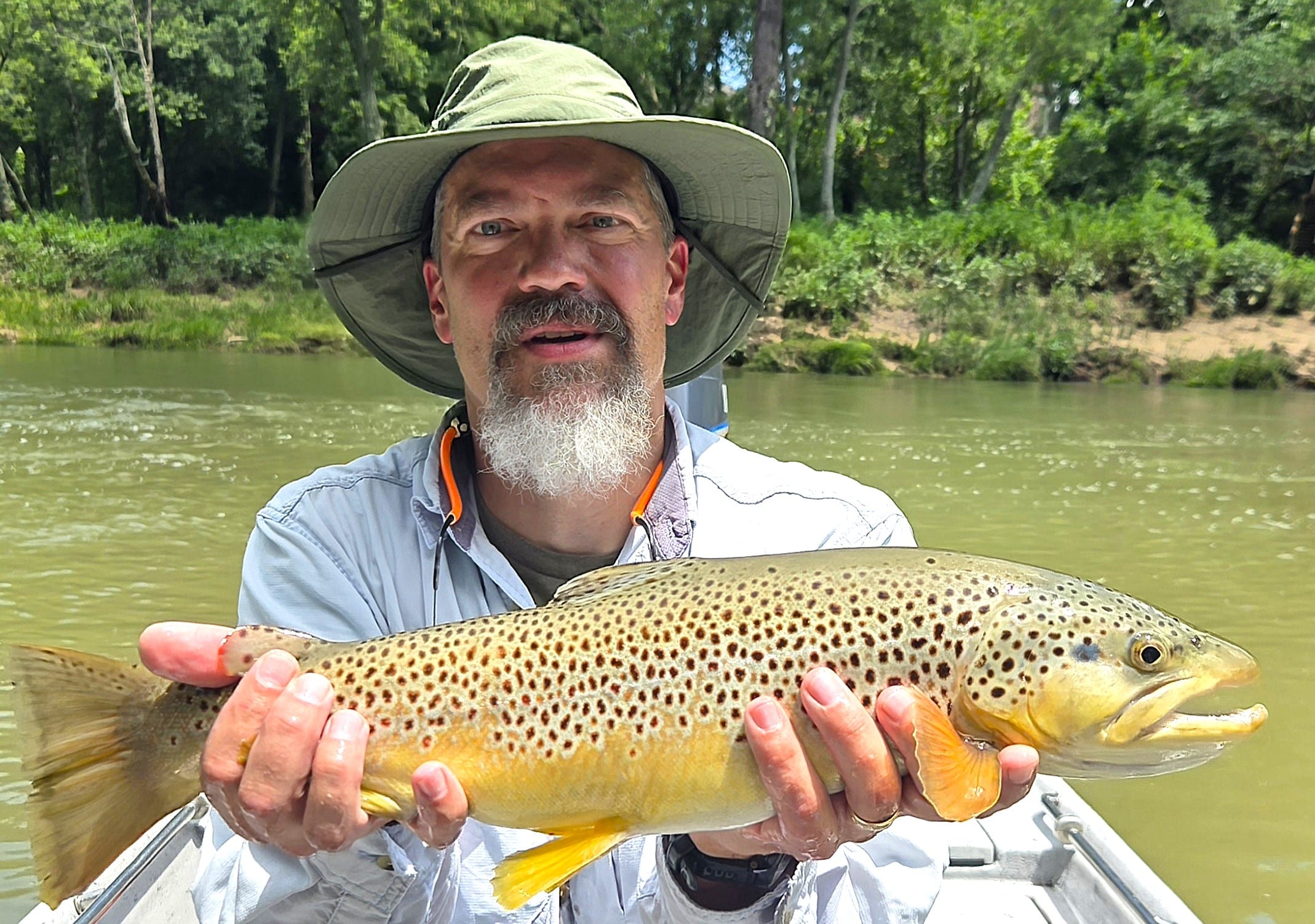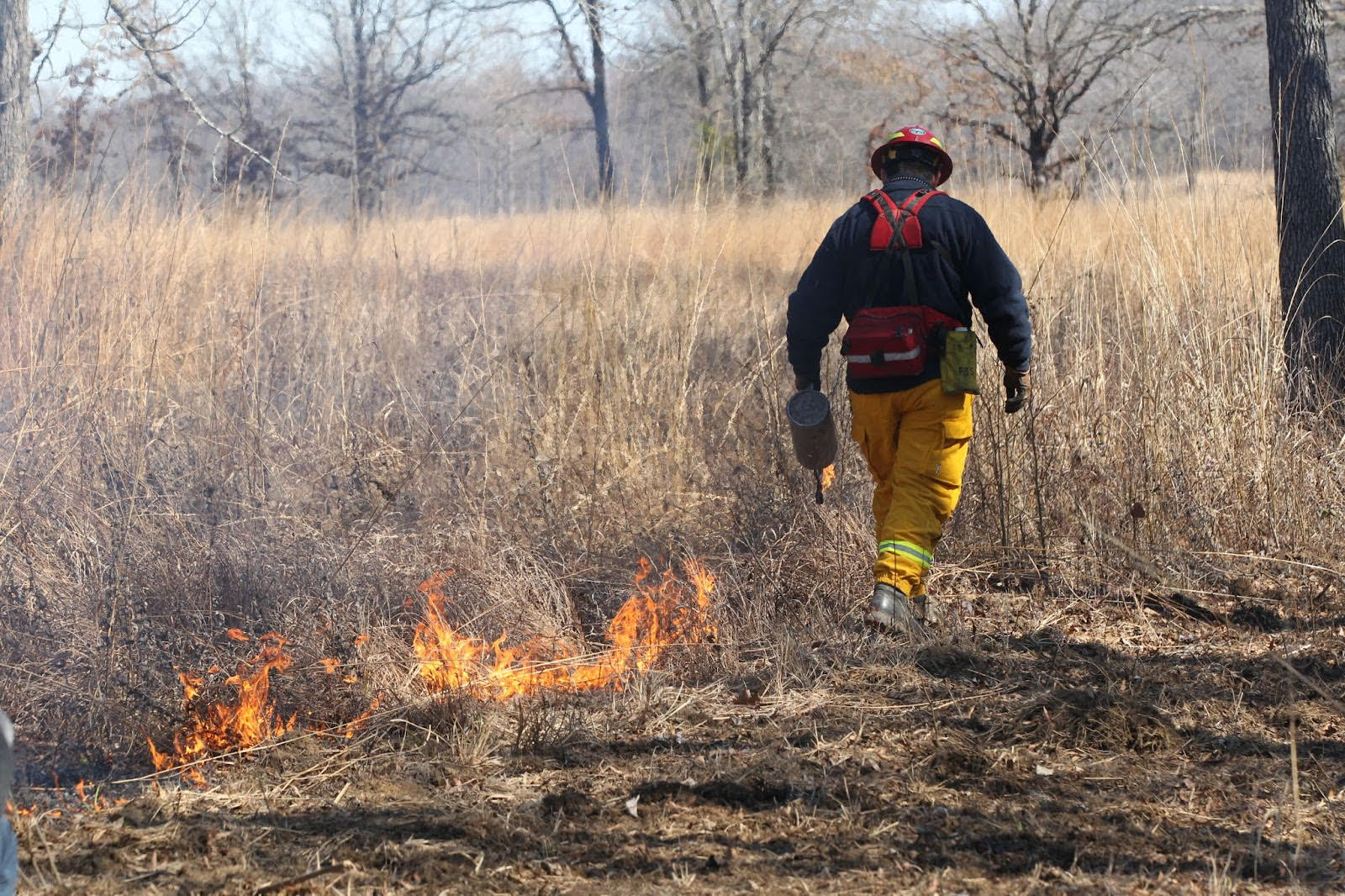AGFC adds nearly 6,000 new acres of public access in 2018
BY Jim Harris
ON 10-31-2018

Oct. 31, 2018
Jim Harris
Managing Editor Arkansas Wildlife Magazine
LITTLE ROCK – Thanks to federal money through the Pittman-Robertson Act and partnerships with other agencies and private landowners, the Arkansas Game and Fish Commission has been able to add nearly 6,000 acres to its wildlife management system in time for the 2018 hunting seasons and for other recreational use.
Some of these include wooded land perfect for hunting deer or small game, and other acreage will add to waterfowl hunting opportunities later this year, according to Matt Warriner, assistant chief in the AGFC’s wildlife management division.
The Pittman-Robertson Act, also known as the Federal Aid in Wildlife Restoration Act of 1937, has provided millions of dollars to wildlife agencies for habitat restoration and managing wildlife through excise taxes placed on the purchase of firearms, ammunition and archery equipment.
Warriner noted these additions, which total 5,877 acres, to the state’s WMAs in 2018:
- 975 acres at Cypress Bayou WMA (White County);
- 511 acres at Beryl Anthony Lower Ouachita WMA (Union County);
- 311 acres at Gene Rush WMA (Newton County);
- 3,400 acres at Big Timber WMA (Clark County) through a multi-year lease agreement;
- 680 acres to four WMAs through a MOA with Arkansas Department of Transportation for mitigation lands – 161 acres at Sulphur River WMA (Miller County), 282 acres at St. Francis Sunken Lands WMA (Poinsett County), 158 acres at Dardanelle WMA (Johnson County) and 85 acres at Village Creek WMA (Jackson County).
Warriner added that the AGFC has agreed to buy an additional, nearly 3,000-acre area near the Felsenthal National Wildlife Refuge in south Arkansas, but the paperwork will not be signed to finalize the deal until late this year or in 2019.
“We’re adding land for public hunting opportunities and for other recreational activities such as bird-watching, hiking and camping,” Warriner said. “All of the acquisitions are funded by the Wildlife Restoration Program, so it’s a user-pay/public-benefit program. The users, through their purchase of firearms, ammunition and archery equipment, are funding those acquisitions.”
The 3,400 acres leased at Big Timber WMA did not recieve federal tax dollars; rather, they have been added to the AGFC’s leased-land system through an agreement with the land’s owner, the Olds Foundation. Being part of the leased-land system requires users purchase a $40 permit for hunting, camping, fishing or trapping. Birding or hiking does not require the permit, Warriner said. The permit helps offset a small portion of the cost to the AGFC for securing public access and is available on the AGFC’s website, www.agfc.com.
The acquisition of Cypress Bayou in White County, meanwhile, has allowed the AGFC to answer requests from central Arkansas waterfowl hunters, Warriner said.
“It will be managed for waterfowl. Most of it is moist soil that we’ll manage,” he said. “We have been hearing from folks in central Arkansas that they would like to have closer access for waterfowl hunting. Most of them now are having to go to (George H. Dunklin) Bayou Meto WMA, David Donaldson (Black River WMA) and other big areas in eastern and southeastern Arkansas. This will help in giving them what they ask for.”
The acquisition and addition to Gene Rush WMA in north Arkansas gives more opportunity for upland-style hunting, Warriner said.
Recent News

Arkansas Wildlife Weekly Fishing Report
Jul. 3, 2025
Subscribe to Our Weekly Newsletter E-mails
Don’t miss another issue. Sign up now to receive the AGFC Wildlife Weekly Newsletter in your mailbox every Wednesday afternoon (Waterfowl Reports are published weekly during waterfowl season and periodically outside the season). Fishing Reports arrive on Thursdays. Fill in the following fields and hit submit. Thanks, and welcome!

